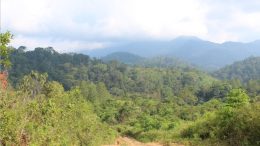The Place:
The Ulu Masen Ecosystem spans 3,600 square miles (9,500 square kilometers) of tropical rainforest on the Indonesian island of Sumatra. Located in Aceh province about 4 degrees north of the equator, the region forms part of the immense Sundaland biodiversity hotspot.
Topography in Ulu Masen ranges from lowland rainforest at 650 feet above sea level (200 meters) to montane peaks up to 9,100 feet (2,785 meters). Approximately 50% of Ulu Masen occurs at elevations below 2,600 feet.
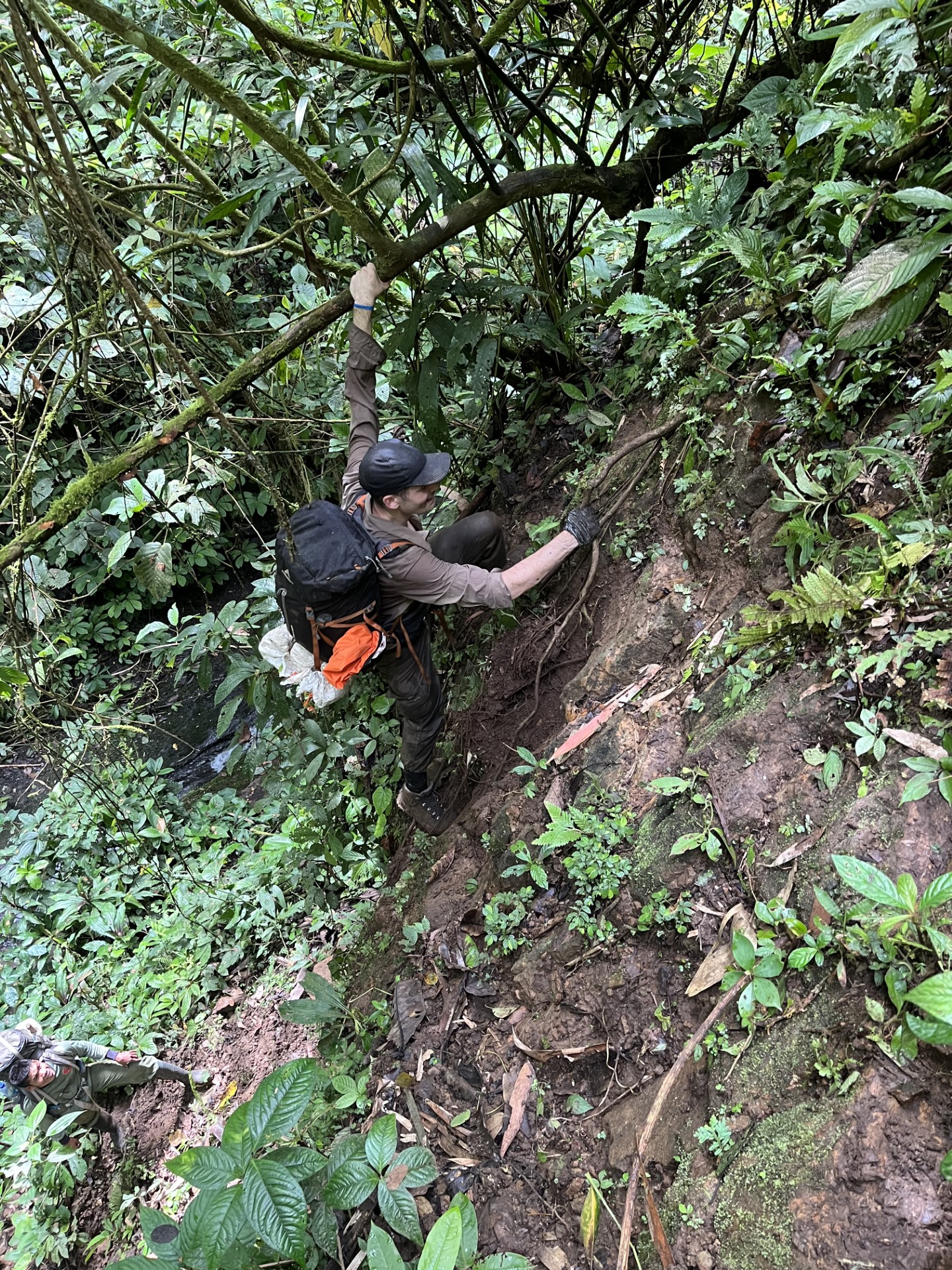
Ulu Masen is managed under the jurisdiction of provincial forest management units. Dinas Lingkungan Hidup dan Kehutanan (DLHK, or Environment and Forestry Service of Aceh) has designated about a quarter of the region as production forest (12%) and other “nonforest” areas (14%). The “production” forests, where permitted logging and other extractive activities are legal, mirror the distribution of the region’s lowland forests.
The remaining 74% are officially designated “protection forest.” However, forests in Indonesia outside national parks (which are prioritized for conservation by the central government) receive significantly less attention and funding. That remains true here: The World Database on Protected Areas, the most comprehensive source for data on the subject, lists the 31 square mile (80 km²) Jantho Nature Reserve as the lone protected area in Ulu Masen. Still, the provincial government’s efforts to maintain the region’s extensive forest cover — without internationally recognized protected areas besides Jantho — are deserving of recognition.
The government’s efforts are aided by Ulu Masen’s geography, which provides further protection. The steep, forbidding walls of its mountains, deep gorges, and numerous unnavigable rivers created barriers that have prevented settlement and farming even now. Most villages are restricted to the fringes in the lowlands.
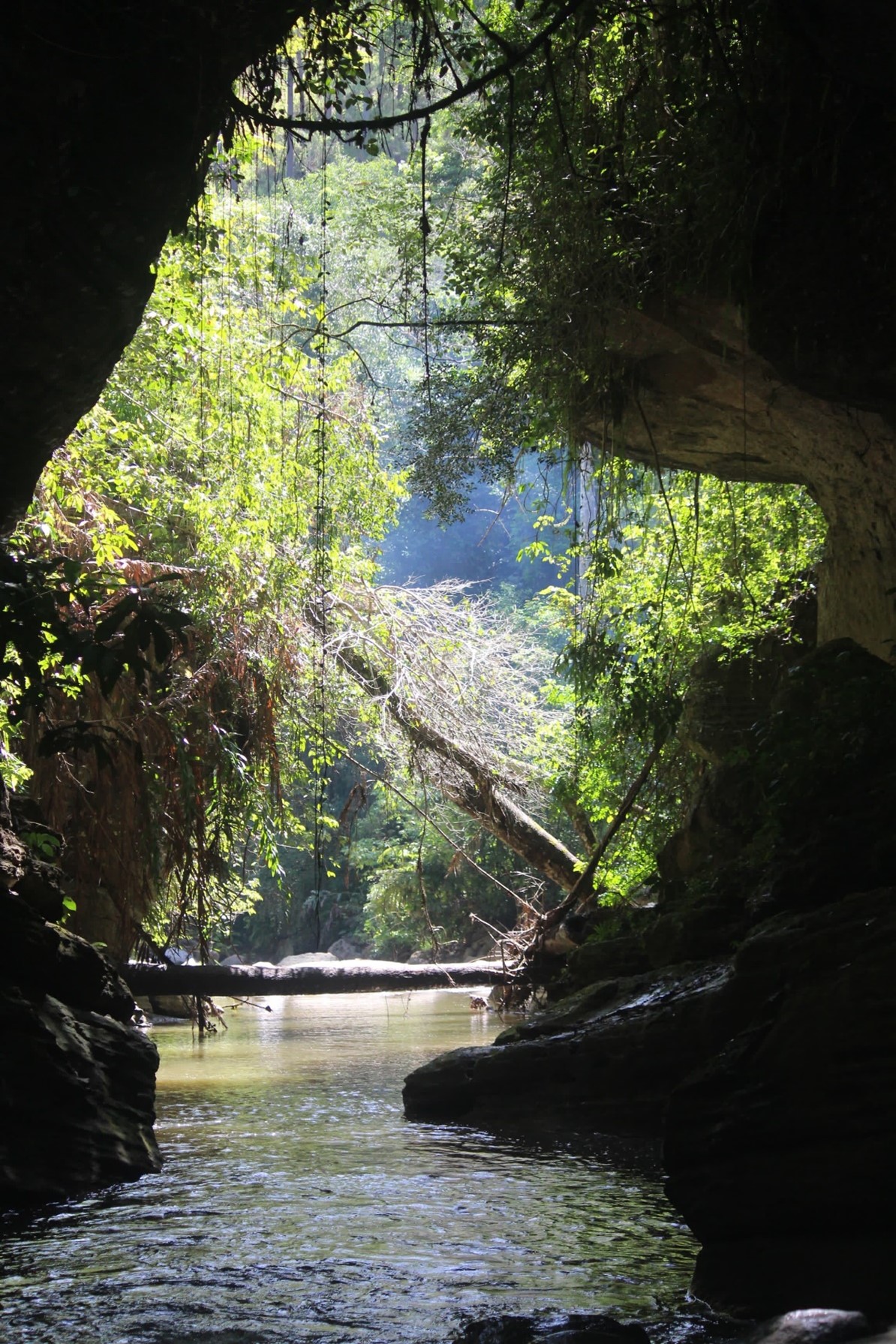
Also in the lowlands: 17 palm oil mills — fed by the harvest from nearly 770 square miles (2,000 km²) of surrounding oil palm plantations — that flank the southern border of the ecosystem.
Across Ulu Masen, two main distinct languages are spoken: Bahasa Aceh and Bahasa Gayo. Most Gayo and Acehnese people are farmers who grow rice and other cash crops such as bananas, durian, maize, chilis, candlenut, and betel nut.
Why it matters:
Ulu Masen’s forests overlap 12 key watershed areas that provide drinking water, clean air, flood control, soil stabilization, crop pollination and other essential ecosystem services to nearly 3 million people.
Below 2,600 feet the forest biomass is dominated by dipterocarps, a family of trees ravaged by illegal logging due to their high economic value. Figs are also found in the lowland forests, providing an important food source for many animal groups.
Oaks and laurels become common at higher elevations, as do tree ferns in the genus Cyathea. Interspersed among the hills and mid-elevation forests are pockets of Sumatran tropical pine trees, represented primarily by the range-restricted Merkus’s pine (Pinus merkusii), the southernmost naturally occurring pine species on Earth. This tree is most commonly found at elevations between 1,300–4,900 feet (400–1,500 meters).
Ulu Masen forests harbor rare and endangered mammals, including populations of Sumatran tigers (Panthera tigris sumatrae), Sumatran elephants (Elephas maximus sumatrensis), Sumatran orangutans (Pongo abelii), Sumatran serows (Capricornis sumatraensis), sambar deer (Rusa unicolor), Sunda clouded leopards (Neofelis diardi), marbled cats (Pardofelis marmorata), wild dogs (Cuon alpinus), sun bears (Helarctos malayanus), Thomas’s leaf monkeys (Presbytis thomasi), and Sunda pangolins (Manis javanica).
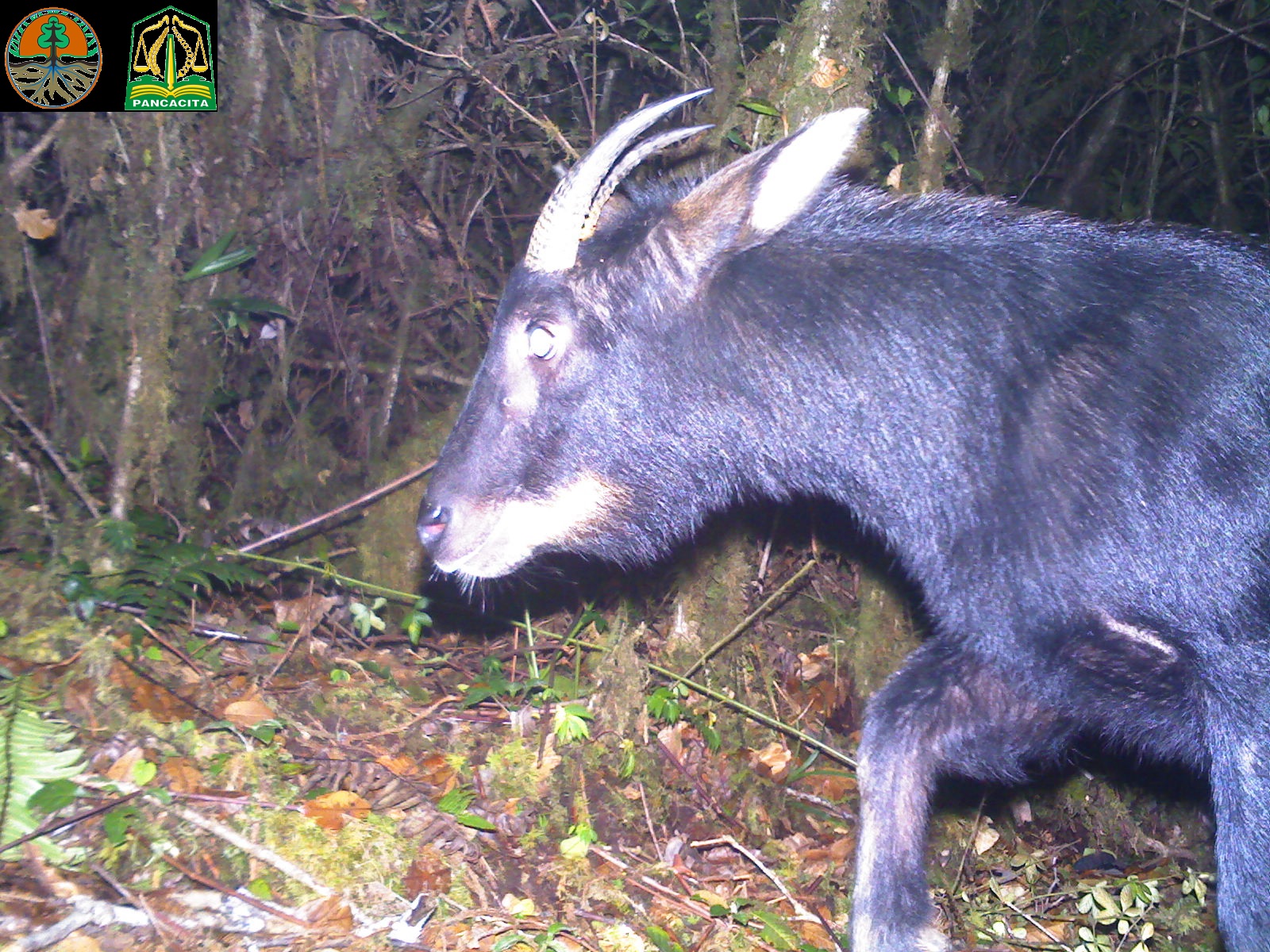
Over 300 bird species occur here, including range-restricted and threatened species such as Wallace’s hawk eagles (Nisaetus nanus), Hoogerwerf’s pheasants (Lophura inornate hoogerwerfi), Aceh bulbuls (Pycnonotus snouckaerti), and helmeted hornbills (Rhinoplax vigil).
Habitat loss, hunting, and poaching have already wiped out many of these species in other areas of Sumatra and southeast Asia.
The threat:
As elsewhere in Southeast Asia, agriculture and logging — much of it undocumented and therefore illegal — remain the main threats to the region’s forests. Between 2001 and 2023, Ulu Masen lost 140 square miles (370 km²), about 3.9% of its primary forest cover. Concerningly, the region has lost more forest in recent years than in the first decade of the century.
Five mining concessions occupy 135 square miles (357 km²) in the landscape. One of the mining groups, Asiamet Resources Limited, states on its website that southeastern Ulu Masen mineral deposits could reach 2.4 million tons of copper, 2.1 million ounces of gold, and 20.6 million ounces of silver.
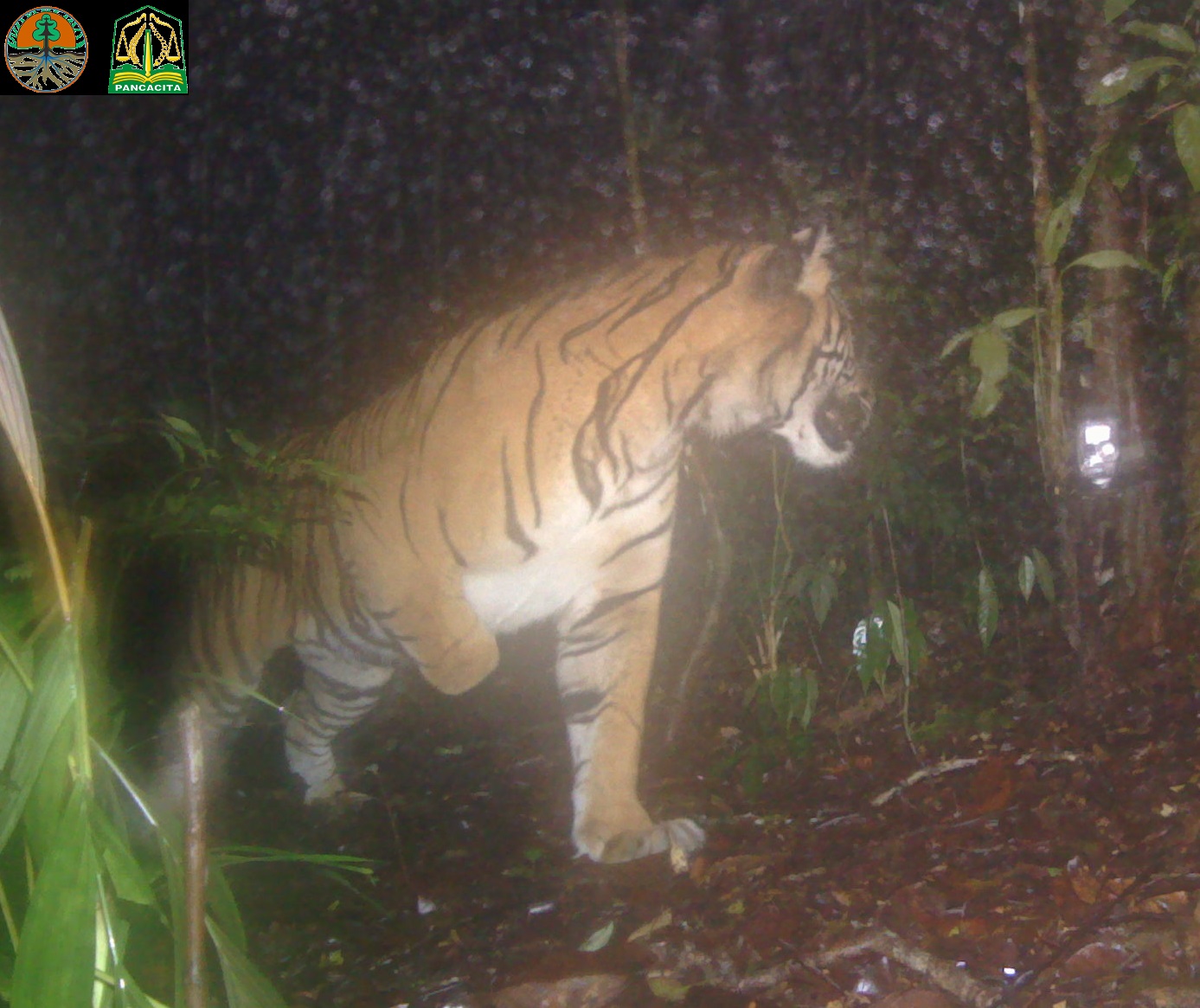
Poaching incursions, aided by a severe lack of ranger patrols, also threaten the survival of highly persecuted species such as tigers and sambar deer. Poachers primarily use foot snares, which they set on animal trails in the forest, usually along ridgelines.
My place in this place:
I first stepped foot in Ulu Masen in 2019 as a researcher with the Fulbright U.S. Scholar program working in close coordination with a network of local partners. My objective was to assess the status of Sumatran tigers and their prey. At that time fundamental data on tiger distribution and the presence of breeding females were nonexistent — tiger population trends were anyone’s guess.
Since 2019 we have documented — alongside key collaborators from Aceh-based NGOs, government agencies, and universities — a widespread prey base, which is good news. Tigers need a lot of food, after all.
But we have also found demographic characteristics that indicate tigers face heavy poaching pressures. Our most recent findings (just published in Scientific Reports) indicate high population turnover, an unbalanced sex ratio heavily skewed toward males, and a lack of evidence of reproduction.
Who’s protecting it now:
Two main government agencies lead the protection of Ulu Masen’s forests and wildlife: DLHK and Balai Konservasi Sumber Daya Alam (BKSDA-Aceh, or Natural Resources Conservation Center).
A handful of local and international NGOs — including Perkumpulan Rincong, International Elephant Project, and Fauna & Flora International — have mobilized ranger patrols and organized human-wildlife conflict response teams in Ulu Masen. The Leuser International Foundation supported ranger patrols in Ulu Masen in 2020 and 2022.
In October 2023 the Indonesian government issued legal acknowledgment of Indigenous peoples’ collective rights over 87 square miles (225 km²) of Ulu Masen forests. This formal granting of forested land titles marked the first time in Aceh’s history that the central government handed over management to Acehnese communities. However, the effectiveness of this new initiative has yet to be fully assessed.
What this place needs:
Ulu Masen needs more ranger patrols. These teams, usually made up of carefully selected local villagers, have demonstrated their effectiveness in reducing poaching threats. Employment opportunities as rangers can provide income for individuals who may otherwise be lured to participate in illegal logging or poaching.
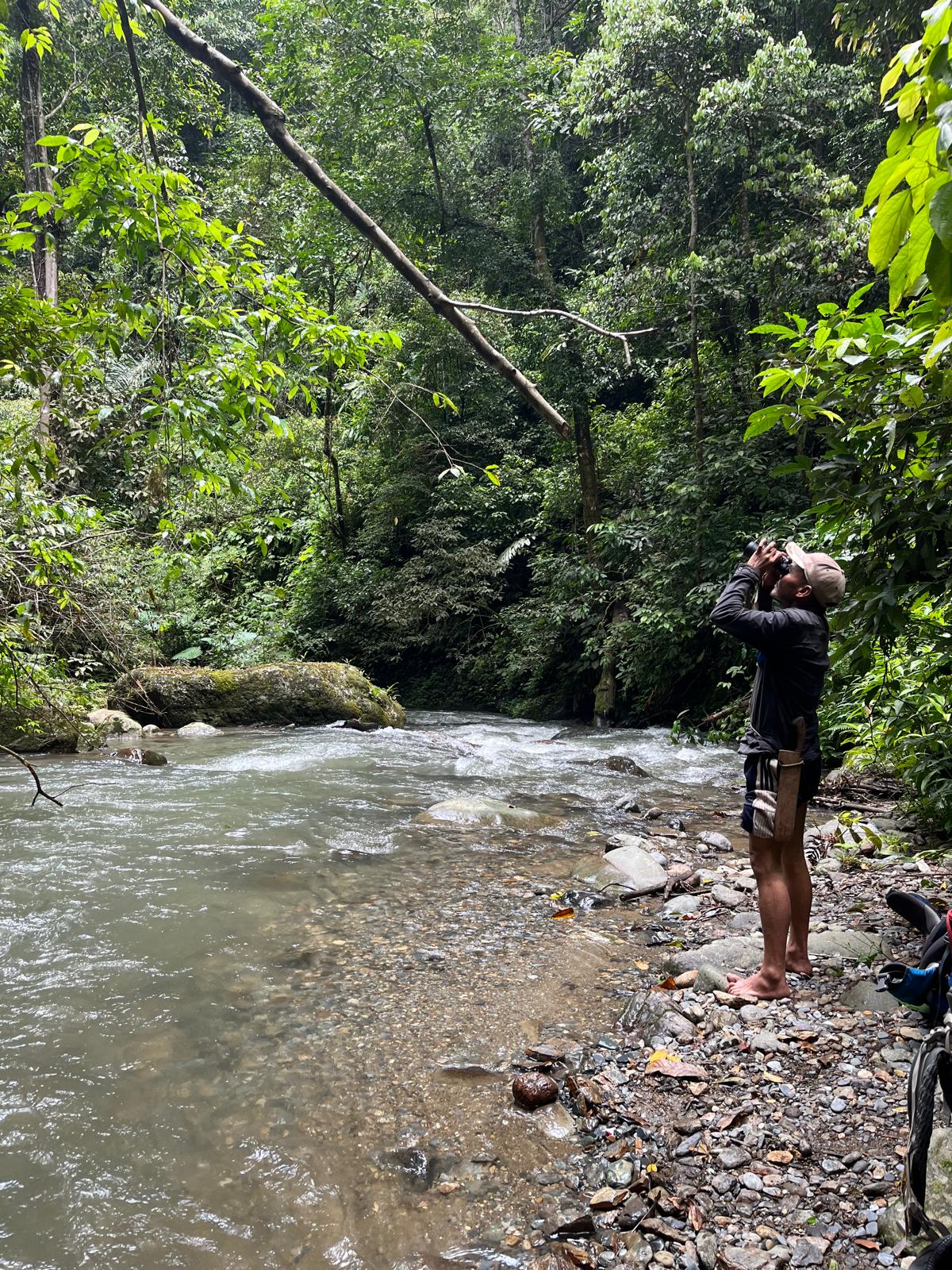
In the first rigorous assessment of the effectiveness of rangers in protecting Sumatran tigers, the work of these mobilized guardians resulted in a 41% reduction of snares set in Kerinci-Seblat National Park. Similar gains in Ulu Masen are unachievable without a boosted ranger network. Considering the size of Ulu Masen, there is a need for an additional 560–640 trained rangers, numbers consistent with documented tiger recoveries in other rainforests of southeast Asia.
Follow the fight:
Do you live in or near a threatened habitat or community, or have you worked to study or protect endangered wildlife? You’re invited to share your stories in our ongoing features, Protect This Place and Species Spotlight.

Previously in The Revelator:
Species Spotlight: Going to Bat for Painted Woolly Bats

